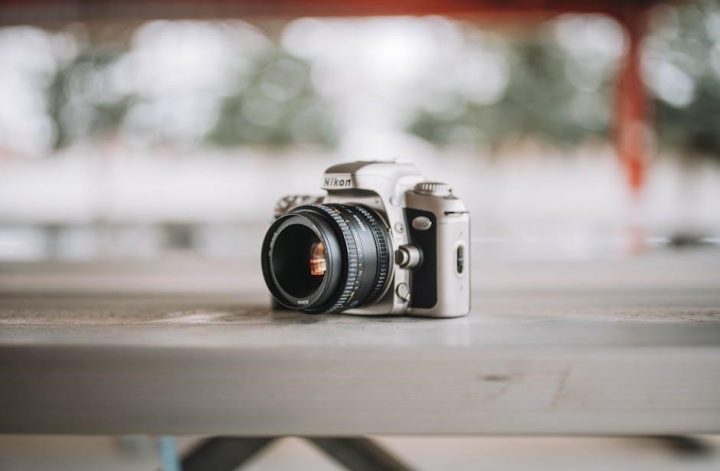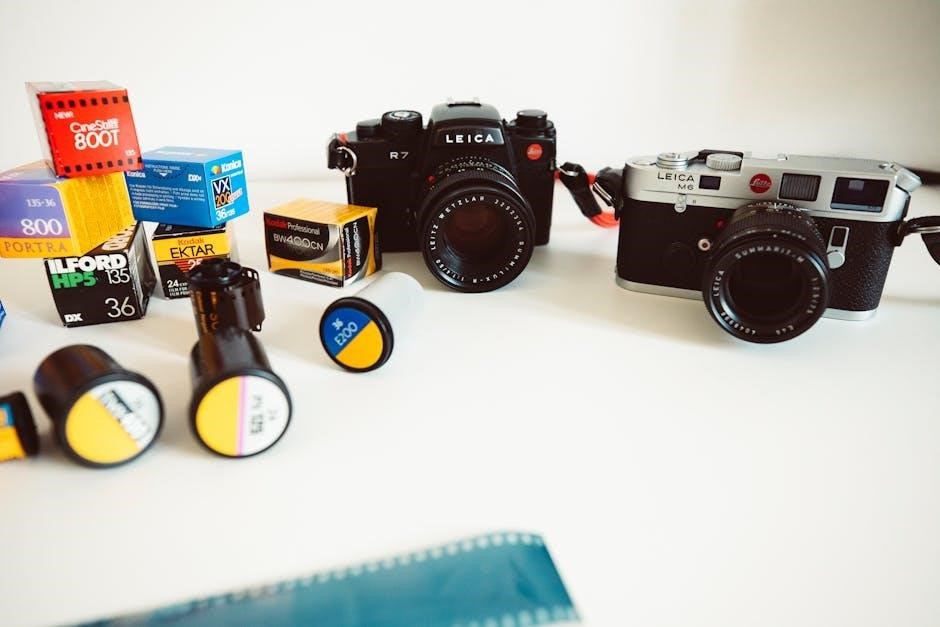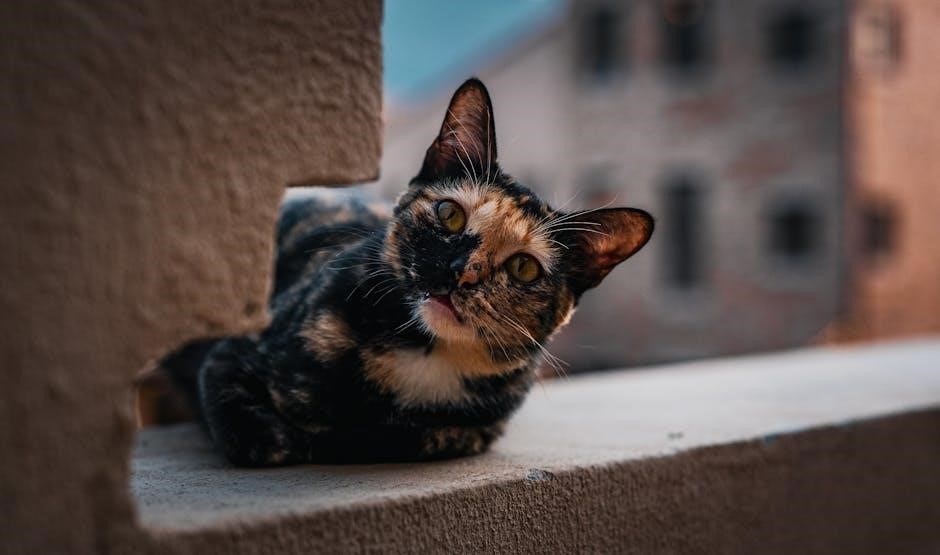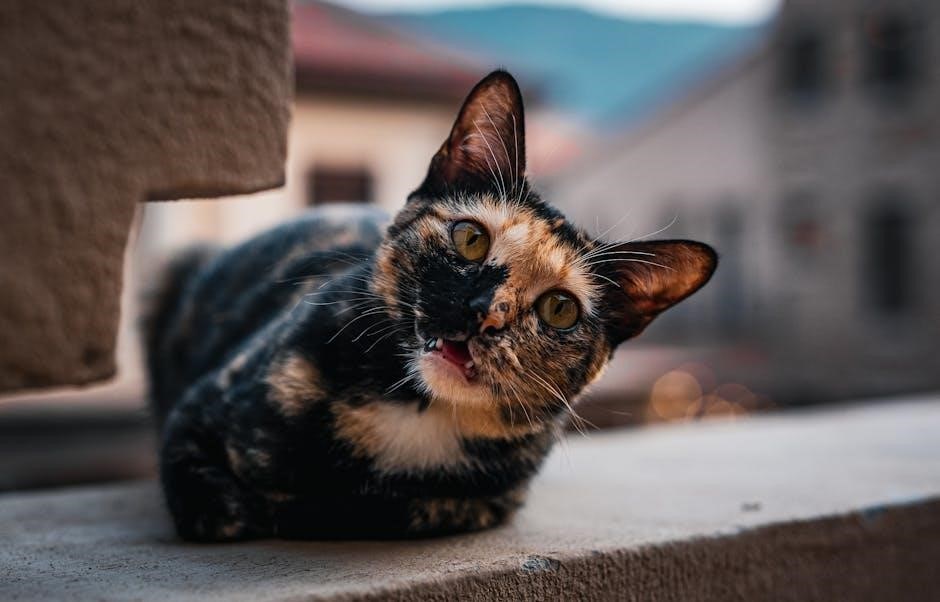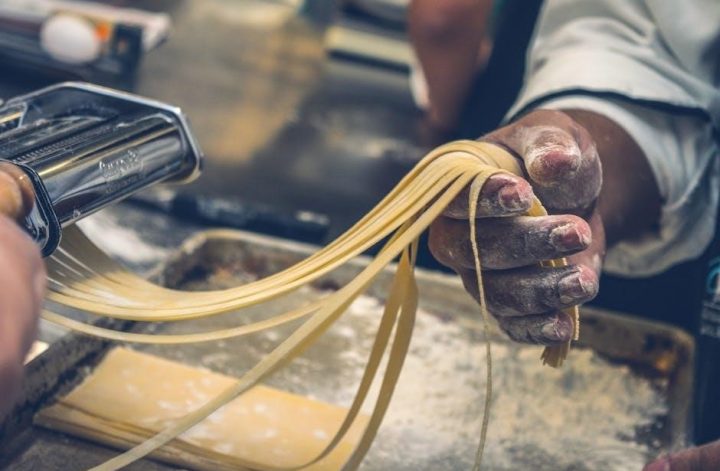An all-wheel drive (AWD) manual transmission combines the traction benefits of AWD systems with the driver engagement of a manual gearbox, offering enhanced control and performance.
This unique configuration is favored by driving enthusiasts seeking both precision and versatility, especially in challenging road conditions, making it a standout choice for adventurous motorists.
What is an All-Wheel Drive Manual Transmission?
An all-wheel drive (AWD) manual transmission is a drivetrain system that combines a manual gearbox with an AWD mechanism, enabling power distribution to all four wheels while allowing the driver to manually shift gears. This setup provides enhanced traction and control, especially in challenging driving conditions, while maintaining the engagement and precision of a manual transmission.
The system typically includes a transfer case and differentials to distribute torque between front and rear axles, offering improved stability and performance compared to two-wheel-drive manual transmissions.
Benefits of Combining AWD and Manual Transmission
Combining all-wheel drive (AWD) with a manual transmission offers enhanced driving precision, improved traction in challenging conditions, and superior control over power distribution. This setup maximizes performance in various terrains, from paved roads to off-road trails, while providing a more engaging and dynamic driving experience.
The manual gearbox allows drivers to optimize gear shifts for better fuel efficiency and responsiveness, making it a preferred choice for enthusiasts seeking both versatility and driver involvement in a wide range of driving scenarios.
Mechanics Behind All-Wheel Drive Manual Transmission
The integration of AWD with a manual transmission involves a drivetrain system with differentials, transfer cases, and driveshafts. This distributes power and torque across four wheels through manual shifting.
How AWD Systems Interact with Manual Transmissions
In an all-wheel drive manual transmission, the system distributes torque to all four wheels while allowing driver control through manual gear shifting. The drivetrain includes a transfer case and differentials to manage power distribution. The manual transmission works seamlessly with the AWD system, enabling drivers to optimize traction and stability by selecting the appropriate gear for varying road conditions. This interaction enhances both performance and driver engagement, particularly in dynamic driving scenarios.
Drivetrain Components and Their Functions
The drivetrain of an AWD manual transmission includes the engine, transmission, driveshaft, differentials, axles, and transfer case. The engine generates power, which is transmitted through the manual gearbox. The driveshaft connects the transmission to the differential, splitting power to the axles. The transfer case distributes power between front and rear wheels, enhancing traction. Differentials allow wheel speed variation during turns, ensuring smooth and efficient power delivery.
History of AWD Manual Transmissions
The history of AWD manual transmissions began in the early 20th century with pioneers like Spyker, whose innovations laid the groundwork for modern, refined systems, enhancing vehicle versatility.
Early Implementations in Automotive History
The first AWD manual transmissions appeared in early 20th-century vehicles, with Spyker introducing a manual AWD system in 1903. These early systems were rudimentary, often requiring driver input to engage and disengage power to different axles. Despite their complexity, they laid the foundation for more sophisticated AWD systems, blending manual control with improved traction capabilities.
Evolution Over the Years
AWD manual transmissions evolved significantly, with advancements in technology improving reliability and performance. Modern systems offer seamless torque distribution and adaptive controls, enhancing driver experience. Lightweight materials and electronic integration have made these systems more efficient, catering to both enthusiasts and practical drivers seeking optimal traction without sacrificing the joy of manual gear shifting.
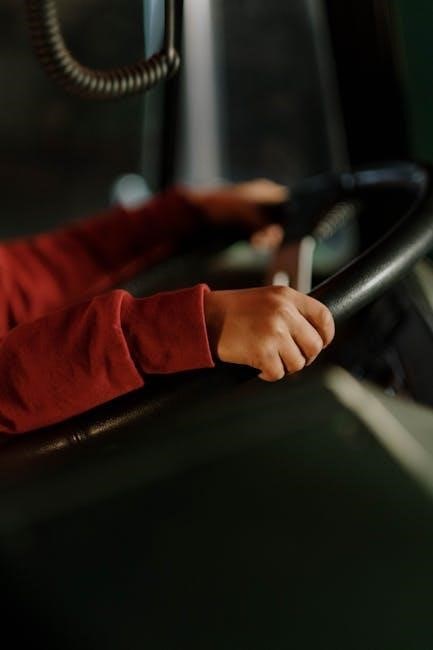
Driving Experience with AWD Manual Transmission
Driving an AWD manual transmission offers a unique blend of control and traction, delivering enhanced stability and engagement for enthusiasts. It combines the precision of manual shifting with the versatility of all-wheel drive, creating a dynamic and responsive driving experience across diverse road conditions.
Unique Characteristics for Drivers
- Enhanced Traction: AWD manual transmissions deliver power to all wheels, improving grip on slippery surfaces.
- Driver Engagement: Manual shifting adds a layer of control and connection to the driving experience.
- Weight Distribution: The system’s components require precise handling to balance power and torque effectively.
- Customizable Performance: Drivers can optimize acceleration and cornering by strategically using the clutch and gear shifts.
Comparison with Other Drivetrains
All-wheel drive manual transmissions offer distinct advantages over other drivetrains, combining AWD traction with manual control.
Unlike automatics, manuals provide direct driver input, enhancing responsiveness. Compared to rear-wheel-drive manuals, AWD systems improve stability and grip in adverse conditions.
Front-wheel-drive alternatives may lack the balanced torque distribution of AWD, especially in off-road scenarios.

Popular Models Featuring AWD Manual Transmission
- The Subaru Impreza STI is a classic example, combining rally heritage with a manual gearbox.
- The Mitsubishi Lancer Evolution series also features AWD with manual transmission options.
- The BMW 1 Series offers a rear-wheel-drive manual but has AWD variants in newer models.
Classic and Modern Examples
Classic models like the Subaru Impreza STI and Mitsubishi Lancer Evolution popularized AWD manual transmissions, offering rally-inspired performance. Modern examples include the Ford Focus ST with optional AWD and manual gearbox, while the Volkswagen Golf R combines luxury with AWD and a manual transmission. These vehicles showcase the versatility of AWD manual drivetrains across generations, appealing to driving enthusiasts seeking both performance and control.
Why Enthusiasts Prefer These Models
Enthusiasts favor AWD manual transmission models for their precision and control. Classic rally-inspired cars like the Subaru Impreza STI and Mitsubishi Lancer Evolution are celebrated for their performance and handling. Modern iterations, such as the Ford Focus ST and Volkswagen Golf R, blend luxury with capability. The manual gearbox enhances the driving experience, offering direct engagement and a thrilling connection to the vehicle, making these cars a true driver’s delight.

Maintenance and Care for AWD Manual Transmissions
Regular fluid changes, gearbox inspections, and timely repairs are crucial to ensure optimal performance and longevity of AWD manual transmissions, preventing costly damage and maintaining smooth operation.
Regular Upkeep Practices
Regular upkeep for AWD manual transmissions involves checking transmission and differential fluids, inspecting drivetrain components for wear, and ensuring proper lubrication. Schedule periodic fluid changes and filter replacements to maintain smooth operation. Inspect the clutch and gearbox for signs of wear, and address any issues promptly to prevent major repairs. Consistent maintenance ensures optimal performance and extends the lifespan of the system.
Common Issues and Solutions
AWD manual transmissions may face issues like uneven drivetrain wear, fluid leaks, or synchronization problems. Regular fluid checks and replacements can prevent wear. Addressing leaks promptly avoids costly damage. Synchronization issues often require professional adjustment or component replacement. Drivers should also monitor clutch engagement and adjust as needed to maintain smooth operation and prevent premature wear on transmission components.

Performance Aspects of AWD Manual Transmission
AWD manual transmissions deliver enhanced acceleration and handling by distributing power evenly across all wheels, optimizing traction and control, especially in dynamic driving conditions and varying terrains.
Impact on Acceleration and Handling
The combination of AWD and manual transmission enhances acceleration by delivering power evenly to all wheels, reducing wheel spin and improving traction. This setup also boosts handling, offering precise control during sharp turns or varying road conditions. The manual gearbox allows drivers to optimize torque delivery, making the vehicle more responsive and agile. This balance of power and control makes AWD manual transmissions ideal for dynamic driving experiences.
Comparison with Other Transmission Types
AWD manual transmissions differ from automatics by offering direct driver control and typically lower weight, enhancing fuel efficiency and handling. Unlike CVTs, they provide distinct gear shifts, improving engagement. Compared to AWD automatics, manuals often deliver better acceleration and responsiveness, making them preferred by enthusiasts seeking an immersive driving experience with superior performance in various conditions.
Future Trends in AWD Manual Transmission Technology
Future trends may include hybrid AWD manuals, combining efficiency with driver engagement, and AI-driven systems optimizing torque distribution for enhanced performance and reduced emissions, aligning with sustainability goals.
Advancements and Innovations
Advancements in AWD manual transmissions focus on enhancing performance, efficiency, and driver control. Innovations like smart traction control systems optimize power distribution in real-time, improving stability and responsiveness. Adaptive clutch technologies reduce wear and tear while maintaining precise shifting. Integration with hybrid and electric powertrains is also on the horizon, promising reduced emissions without sacrificing the driving experience. These innovations aim to redefine the balance between capability and driver engagement.
Hybrid and Electric Integrations
Hybrid and electric systems are being integrated with AWD manual transmissions to enhance efficiency and performance. Electric motors assist in torque distribution, improving traction while reducing emissions. Regenerative braking systems recover energy, optimizing battery life. These integrations maintain the driver engagement of manual transmissions while embracing sustainable technology, offering a balance between environmental responsibility and dynamic driving experiences.

Advantages and Disadvantages
All-wheel drive manual transmissions offer enhanced traction and control, especially in challenging conditions, while maintaining fuel efficiency. However, they can be heavier, more complex, and costly to maintain.
Pros of AWD Manual Transmission
An AWD manual transmission offers enhanced traction and control, particularly in challenging conditions like snow or off-road terrain. It provides a more engaging driving experience with precise gear control. Additionally, it often delivers better fuel efficiency compared to automatic AWD systems. The manual gearbox also allows drivers to feel more connected to the vehicle, making it a preferred choice for enthusiasts who value performance and versatility. Its ability to distribute power evenly across all wheels ensures stability and improved handling, making it ideal for adventurous motorists seeking both practicality and excitement behind the wheel.
Cons to Consider
An AWD manual transmission can be heavier and more mechanically complex, potentially reducing fuel efficiency. Maintenance costs may increase due to the combination of AWD components and manual gearbox upkeep. Additionally, the added weight and drivetrain complexity can affect acceleration compared to lighter systems. Drivers must also manage clutch and gear operation, which may be less convenient in heavy traffic. Furthermore, AWD systems with manual transmissions are less common, limiting model choices and potentially increasing purchase costs. The added mechanical complexity can also lead to higher repair expenses if issues arise, making it less practical for everyday driving in urban environments where simplicity is preferred.
Final Thoughts on AWD Manual Transmissions
All-wheel drive manual transmissions deliver a unique driving experience, blending enhanced traction with driver engagement. They excel in challenging conditions, offering precision and control. While they require more skill and maintenance than automatics, enthusiasts appreciate their responsiveness and versatility. For those seeking a dynamic connection to the road, AWD manual transmissions remain a compelling choice, combining performance and practicality in harmony.
Recommendation for Potential Drivers
Potential drivers considering an AWD manual transmission should weigh its benefits, such as enhanced control and fuel efficiency, against the need for more driver engagement. It’s ideal for those who enjoy driving and need versatility across conditions. Regular maintenance is crucial, but the unique driving experience makes it worthwhile for enthusiasts seeking both performance and practicality.


